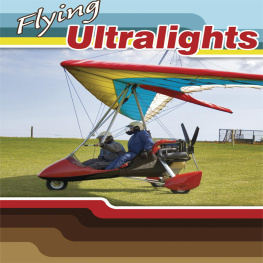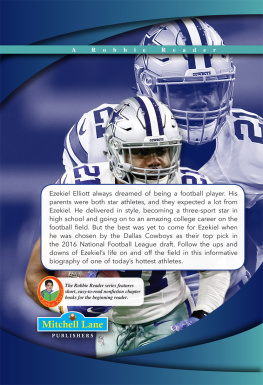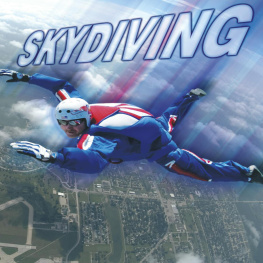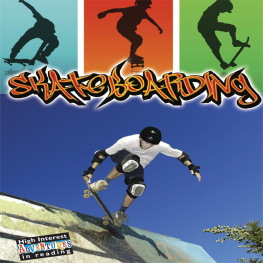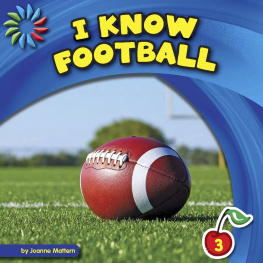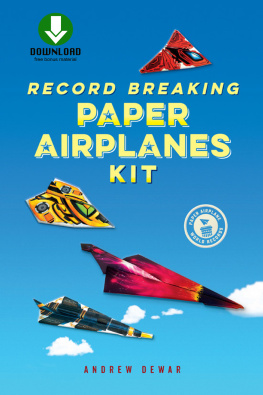Table of Contents
Guide
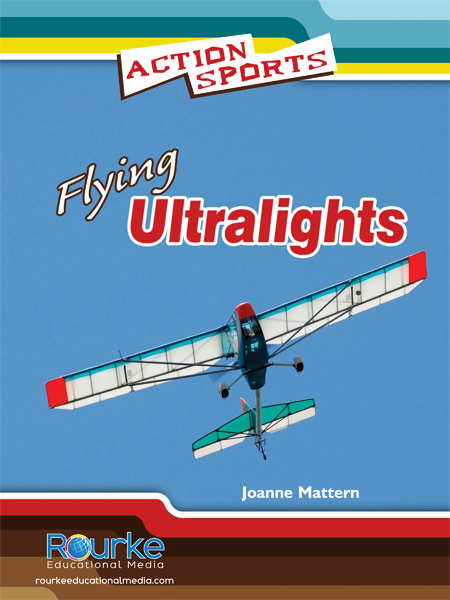
2010 Rourke Educational Media
All rights reserved. No part of this book may be reproduced or utilized in any form or by any means, electronic or mechanical including photocopying, recording, or by any information storage and retrieval system without permission in writing from the publisher.
www.rourkeeducationalmedia.com
PHOTO CREDITS: Dodeskaden: border; choicegraphx:
Edited by Jeanne Sturm
Cover and Interior designed by Tara Raymo
Library of Congress Cataloging-in-Publication Data
Mattern, Joanne, 1963
Flying ultralights: action sports / Joanne Mattern.
p. cm.
ISBN 978-1-60694-361-8
1. Ultralight aircraft--Juvenile literature. I. Title.
TL685.15.M38 2009
629.133343--dc22
2009006065
Printed in the USA
CG/CG

rourkeeducationalmedia.com
PO Box 643328 Vero Beach, Florida 32964
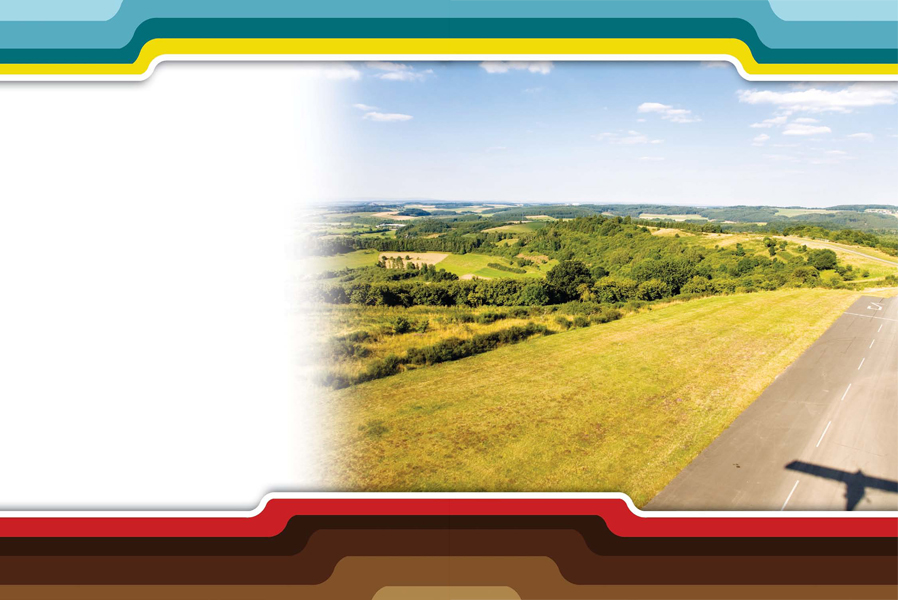
A Different
WAY TO FLY
When most people think of flying, they probably think of big airplanes. However, there is another kind of
Ultralights are small, light airplanes. There are many special things about these unusual flying machines.
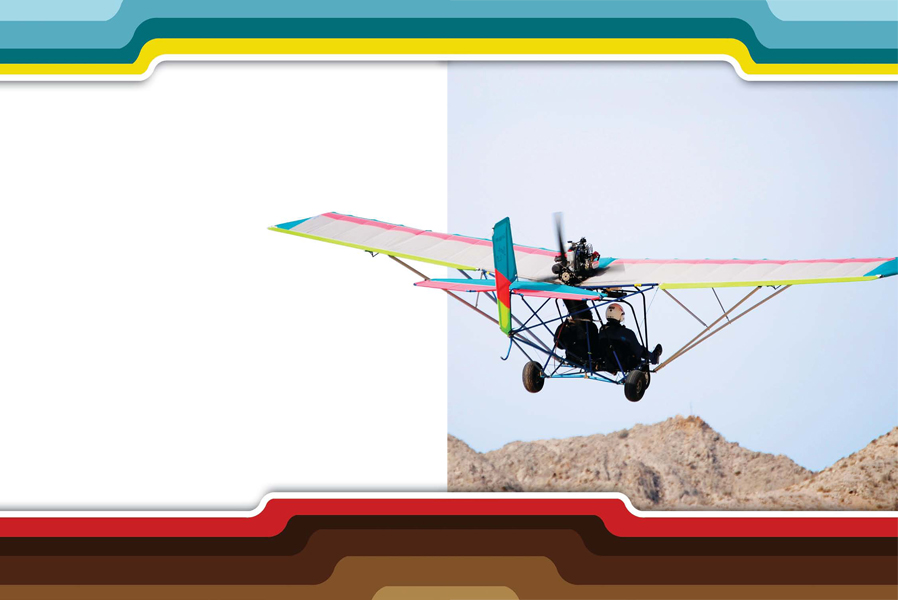
Did You Know...?
Ultralights are usually called in England, Australia, India, and many other countries.
The First
ULTRALIGHTS
It is hard to say when ultralights were first invented. Some people say the first ultralights were built in the early 1900s. These early planes were more like They had a small motor, but they were not really planes.
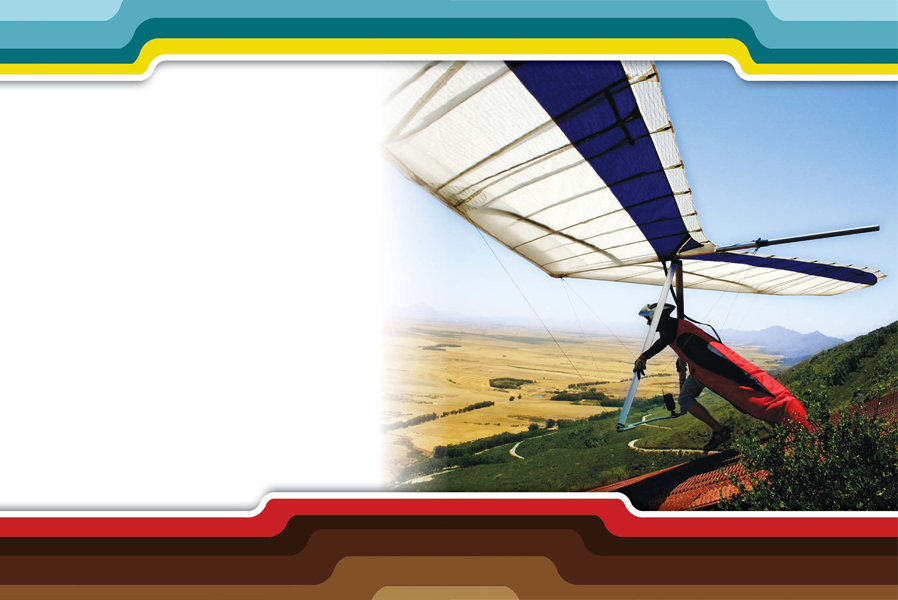
Hanging in Midair
Hang gliders do not have a motor. They have large wings like a kite. The pilot hangs from the wings by a . The pilot steers the plane by pulling a bar attached to the wings.
During the 1970s, people wanted to find a way to fly that was not too expensive. Small planes can cost hundreds of thousands of dollars to own and fly. So people developed ultralights. The first ultralights were hang gliders with a motor attached.
During the 1980s, the of ultralights improved. These planes had stronger wings and frames. They were easier to steer, too.
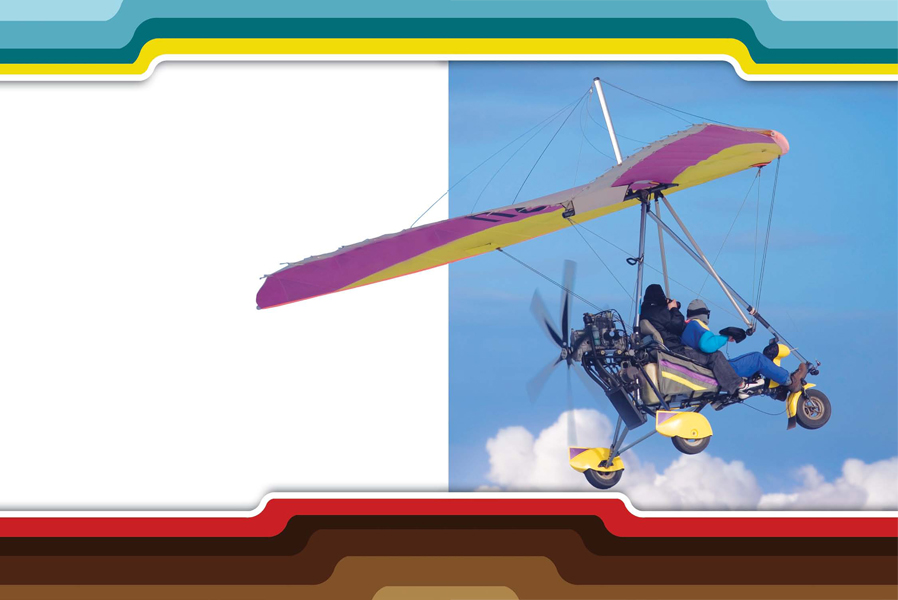
Did You Know...?
You can build your own ultralight from a kit!
What Is an
ULTRALIGHT?
In the United States, an ultralight is a machine with one seat. The machine holds less than five gallons (19 liters) of fuel. The plane must weigh less than 254 pounds (115 kilograms). It can not fly faster than 64 miles per hour (103 kilometers per hour).
Other countries describe ultralights differently. In Europe and Australia, an ultralight can have two seats. These planes are heavier than ultralights in the United States. They can fly faster, too.
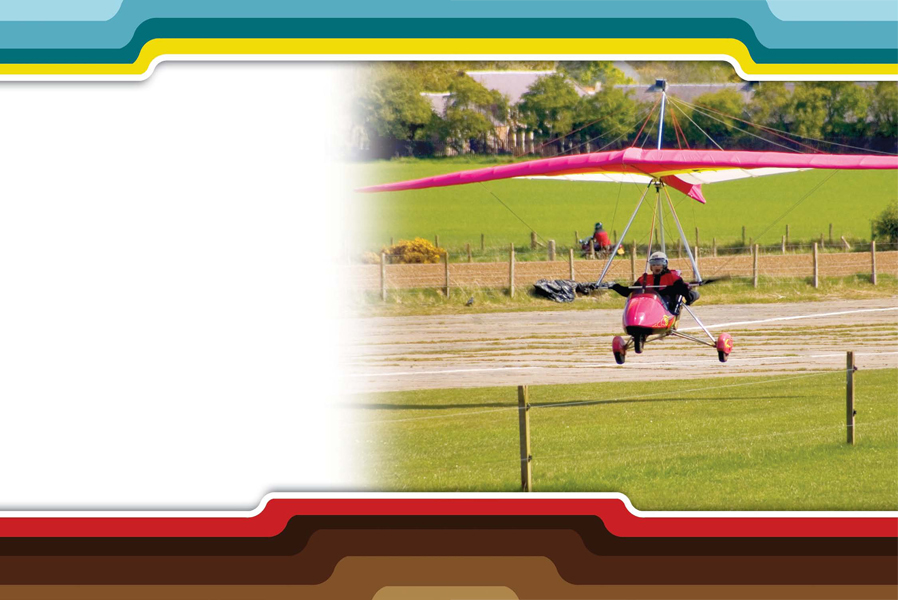
Did You Know...?
Ultralights have to follow special rules. In the United States, these planes can only fly during the day. They are only allowed to fly over areas.
How
ULTRALIGHTS
Work
During the 1970s, ultralights had a simple which steered the plane.
In the 1980s, designers came up with a 3-Axis system. This system is like the ones used on small airplanes. A 3-Axis system uses a yoke to control elevators and the rudder. This system can also control or how the plane rolls in the air.
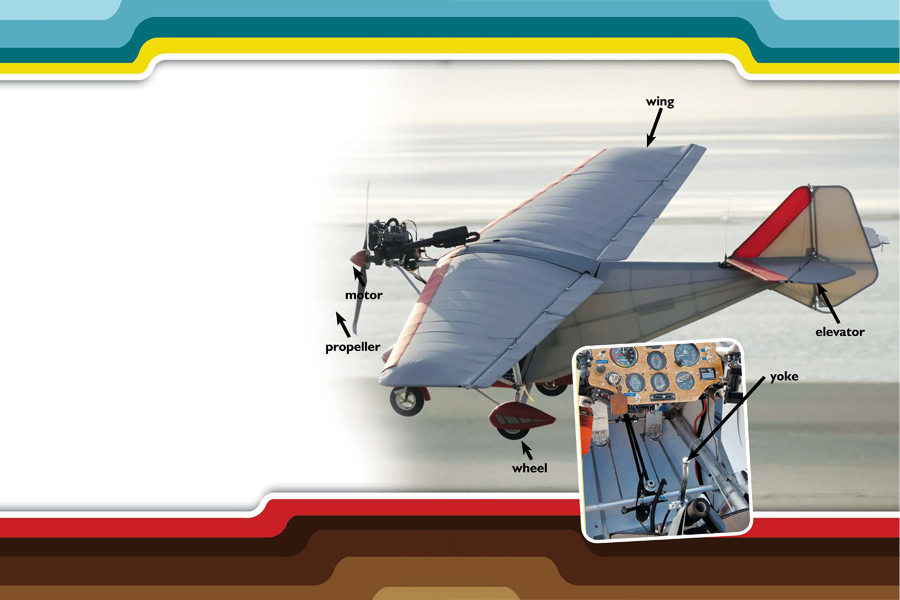
Learning
TO FLY
There is no law that says you have to take lessons to fly an ultralight. However, most people do take lessons. Instructors fly special ultralights with two seats. The instructor sits with the student and teaches him or her how to work the controls. Later, when the student has experience, he or she can fly alone.

Pilot Ratings
There are two different programs to learn to fly. Students can take a traditional (Federal Aviation Administration) course. This course teaches students how to fly different kinds of small aircraft. Students can also take ultralight-specific training. This class only teaches how to fly ultralights.
Staying
SAFE
Flying ultralights can be dangerous. Early planes were not built well. Pilots could not control them. These ultralights often crashed.
Today, ultralights are stronger and safer. Pilots have better training. Many people think flying an ultralight is safer than flying a small plane. An ultralight does not fly as high or as fast as an airplane. These facts can help the pilot survive if there is a crash.
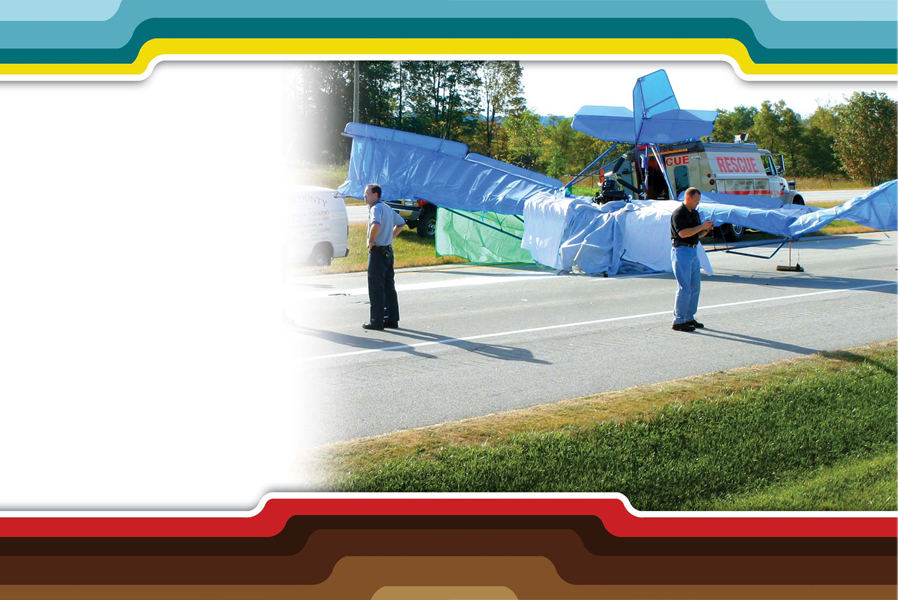
Did You Know...?
Most crashes are the result of pilot error. If the pilot makes a mistake, the ultralight is likely to crash.
Pilots must be very careful when they fly ultralights. They must look around all the time. If another plane comes close, the ultralight has to get out of the way. The pilot must also look out for birds and any other flying objects. At the same time, the pilot has to control the ultralight so it does not stall or crash.
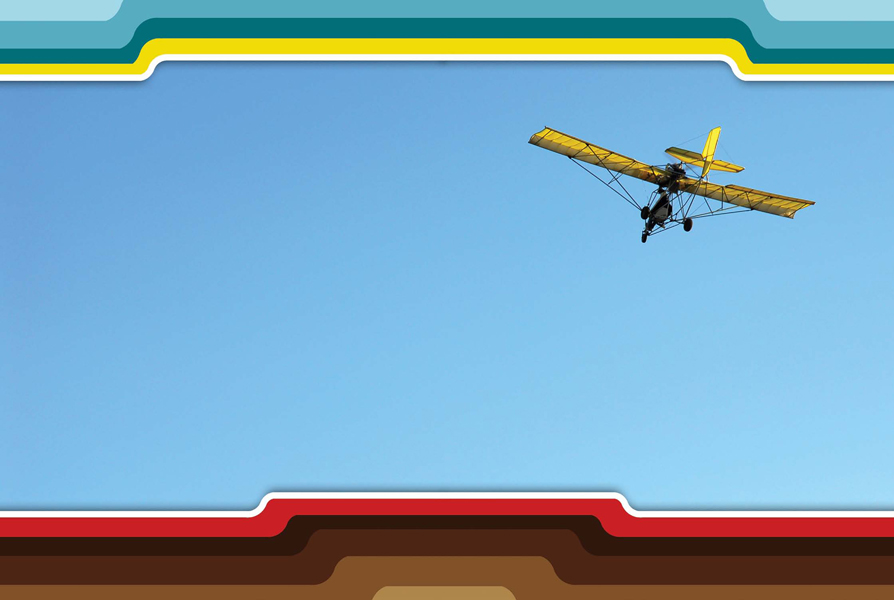
An ultralight pilot must always look out for obstacles in the air.
Ultralights of
THE FUTURE
Ultralights have changed a lot in the past 20 years. Better engines and design mean these planes can fly farther and faster. The sport is popular because it does not cost a lot of money. People also enjoy flying so close to the air in the open As more people discover this wonderful sport, we may begin to see more ultralights in the sky.
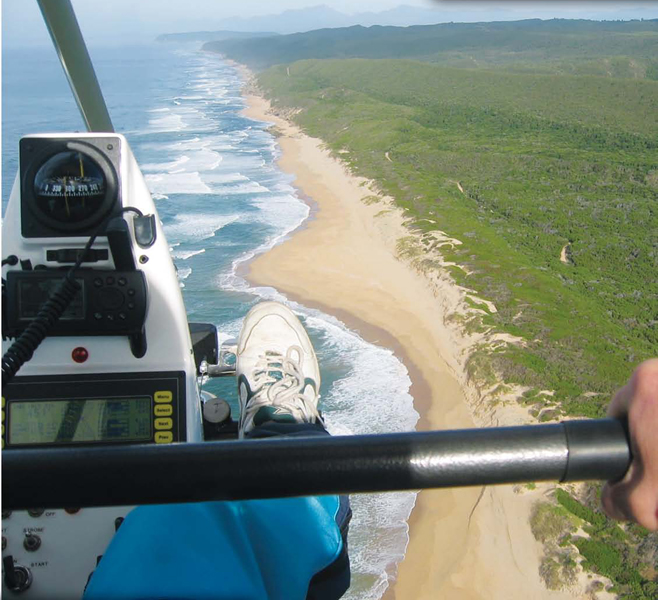
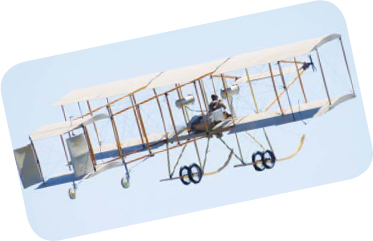
Did You Know...?
Some early planes, or biplanes, were similar to todays ultralights.
Meet a Champion
ULTRALIGHT
Pilot

